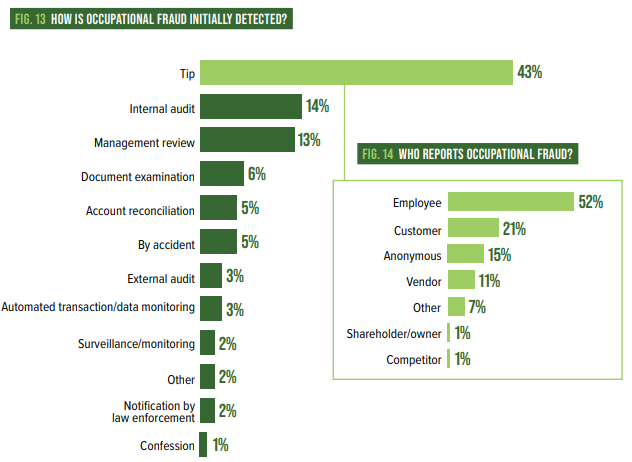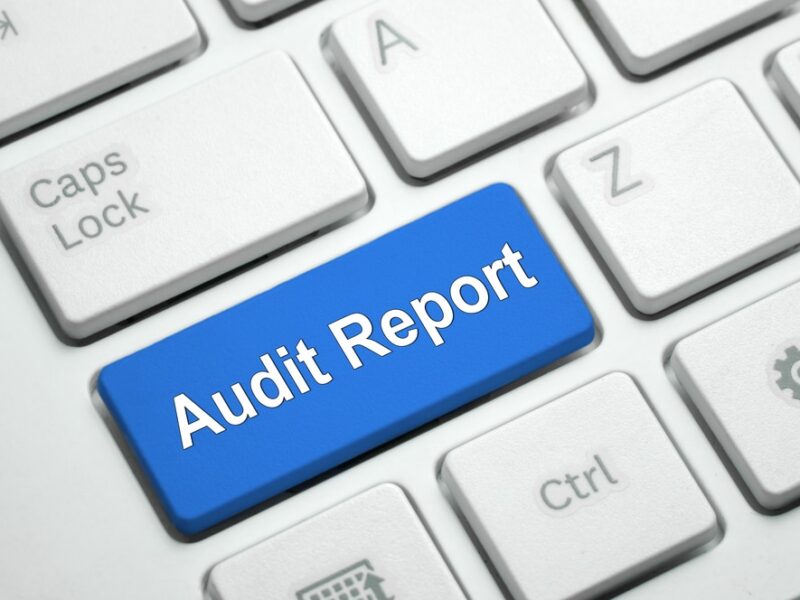This article is Part 1 of 6 of the Fraud Investigation Series. This article looks at the Fraud Hotline. It hopes to answer the questions: what is a fraud hotline, why is a fraud hotline important, and how does a fraud hotline work. Finally, the article lists some steps you can take to implement a fraud hotline at your district.
What is a Fraud Hotline?
A fraud hotline is a dedicated, confidential reporting system. This reporting system can be implemented in many forms. One is a dedicated phone line, an online portal (web based), or both. The hotline should be designed for individuals to report suspected fraudulent activities within an organization in an anonymous manner. This allows employees, community members, vendors, or other stakeholders to share information about unethical or illegal behavior, such as financial misconduct, embezzlement, or falsified records, without fear of retaliation.
Why is a Fraud Hotline Important?
By providing a dedicated and anonymous reporting system, school districts can detect fraud earlier than if they did not have such a system. Fraud increases in frequency and amounts the longer it is allowed to continue. Early detection and investigation are imperative to mitigating the financial harm to the district. According to the latest data from the Association of Certified Fraud Examiners, about 40% of fraud cases are detected by stakeholders and shared to organizations via the fraud hotline. The hotline is the number one detection method available to districts.
How does a Fraud Hotline Work?

Access to the fraud hotline should be easy for stakeholders. A prominent link on the district’s website is the best way to make this tool available. Training employees on how and what to report is also vital. This can be done at new employee orientation, annual professional development training, and bookkeeper meetings throughout the year. Once an employee or other stakeholder identifies a potential fraud, they access the hotline and send in a tip. The tip goes either to a district employee tasked with handling the fraud tips or the district can contract with a third-party hotline administrator. The tip is routed to the appropriate district personnel to investigate.
Next Steps for Your District
A few steps you can take regarding your district’s fraud hotline. First, see if you have a hotline. If you do have a hotline, is it accessible? Is it’s reporting instructions clear and concise? If you do not have a hotline, talk with the district administration about the pros of having one. Determine if an in-house option or a third-party management best meets your district’s needs. If you do have one but is it hard to find or operate, encourage district administration to update the current hotline to better meet the needs of your district.
If your District needs training in school fraud detection, prevention, or investigation please contact me at anthony@edufraud.com


